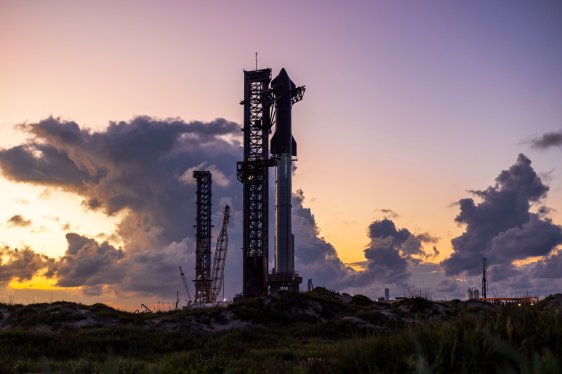SpaceX’s Starship Program Takes a Significant Leap Forward
A New Era for Payload Deployment
With the next test flight of its Starship program, SpaceX is poised to make significant strides in demonstrating payload deployment capabilities. The upcoming launch will mark the first time the company has deployed payloads using the reusable upper stage, also known as Starship. The payload in question consists of 10 "simulators" that mimic the size and weight of the next-generation Starlink satellites.
What are these Simulators?
These simulators are model spacecraft designed to travel on the same trajectory as the upper stage, splash down in the Indian Ocean, and demonstrate the feasibility of deploying payloads using the reusable Starship. The operational version of these satellites, called V3, will likely be the first real payloads Starship flies.
A Game-Changer for Starlink Deployment
The introduction of Starship is a crucial component in SpaceX’s plans to rapidly deploy its Starlink satellite constellation and reduce costs per satellite launched. Currently, SpaceX launches Starlink using its workhorse Falcon 9 rocket, but the next-gen V3 satellites are expected to be significantly heavier than the current V2 Mini spacecraft.
The Power of Starship
Thanks to Starship’s incredible payload capacity, SpaceX plans to deploy 60 V3 satellites per launch, adding an impressive 60 terabits per second of capacity to the Starlink network. This represents a significant upgrade over the current V2 Mini satellites, with each new satellite offering more than 10 times the downlink and 24 times the uplink capacity.
Upgrades to the Rocket
In preparation for the upcoming test launch, SpaceX has introduced a slew of upgrades to the rocket, including improvements to the propulsion system, avionics, and heat shield. These enhancements aim to boost reliability and performance, setting the stage for more efficient and successful payload deployments.
The Challenge of Catching the Super Heavy Booster
During this test, SpaceX will attempt to "catch" the Super Heavy booster, a feat the company accomplished for the first time during the fifth test in October. This achievement marks a significant milestone in the development of reusable rockets and has far-reaching implications for the future of space exploration.
The Road Ahead
As SpaceX continues to push the boundaries of what is possible with Starship, we can expect to see significant advancements in payload deployment capabilities. With its innovative approach to satellite deployment and reusable rocket technology, SpaceX is poised to revolutionize the space industry.
About the Author
Aria Alamalhodaei is a reporter covering the space and defense industries at TechCrunch. She has previously written for California Energy Markets and MIT’s Undark Magazine, among others. Aria received an MA in art history from the Courtauld Institute of Art in London and is based in Austin, Texas.
Related Articles
- Reusable Rocket Startup Stoke Raises $260M
- Loft Orbital Lands Fresh $170M After Logging Over $500M of Bookings
Subscribe to TechCrunch Daily News for the latest updates on the space industry
Stay up-to-date with the latest news and developments in the fast-paced world of aerospace. Sign up for our daily newsletter to receive the best coverage delivered straight to your inbox.



